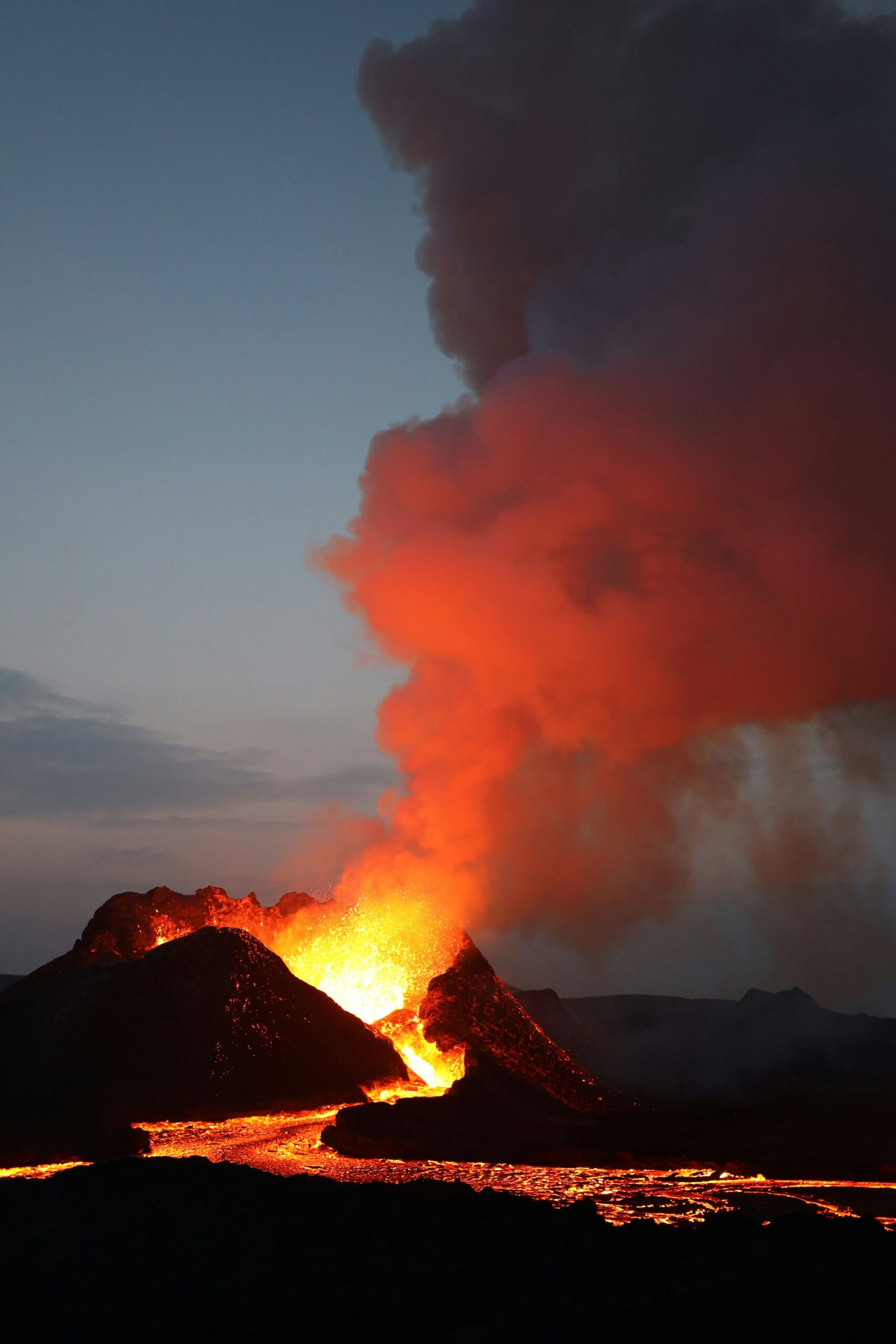
Evacuation of Over 2,100 People as Indonesian Volcano Erupts
In recent news, a volcano in Indonesia has erupted, leading to the evacuation of more than 2,100 people. The volcano, known as Mount Merapi, has been spewing clouds of ash, posing a potential threat to the surrounding areas.
Mount Merapi is located on the island of Java and is one of the most active volcanoes in Indonesia. Its eruptions are closely monitored by authorities to ensure the safety of nearby communities. When volcanic activity increases, evacuation plans are put into action to protect residents from potential harm.
Volcanic Activity and its Impact
The recent eruption of Mount Merapi has resulted in the release of thick clouds of ash, reaching heights of up to several kilometers. The ash has blanketed nearby villages, causing concern for the health and safety of the residents.
Ashfall from volcanic eruptions can have various impacts on both the environment and human health. The fine particles of ash can cause respiratory problems, especially for individuals with pre-existing respiratory conditions. The ash can also contaminate water sources, making it unsafe for consumption and agricultural use.
Additionally, the volcanic ash can have detrimental effects on the local ecosystem. It can damage crops, disrupt wildlife habitats, and contaminate rivers and lakes. The long-term consequences of such eruptions can be extensive and require ongoing monitoring and recovery efforts.
Evacuation Efforts and Safety Measures
In response to the volcanic activity, authorities have swiftly initiated evacuation efforts to ensure the safety of the affected communities. More than 2,100 people have been evacuated from the immediate vicinity of Mount Merapi, relocating them to temporary shelters away from the danger zone.
Evacuation plans are meticulously designed to minimize the risks associated with volcanic eruptions. These plans involve identifying safe areas for relocation, coordinating transportation, and providing necessary supplies and support to those affected. The goal is to protect lives and ensure the well-being of the evacuated individuals and their families.
Furthermore, authorities have advised residents in the surrounding areas to take precautionary measures to mitigate the effects of ashfall. This includes wearing protective masks, sealing windows and doors to prevent ash from entering homes, and avoiding outdoor activities until the situation improves.
Volcano Monitoring and Preparedness
Indonesia, being located in the Pacific Ring of Fire, is prone to volcanic activity. The country has a robust volcano monitoring system in place to detect any signs of potential eruptions. This system includes the use of seismometers, gas detectors, and satellite imagery to track volcanic activity and issue timely warnings.
Preparedness is key when it comes to dealing with volcanic eruptions. Local communities are educated on the risks and safety measures to be taken in the event of an eruption. Regular drills and exercises are conducted to ensure that evacuation plans are well-executed and that residents are familiar with the necessary protocols.
Additionally, collaboration between different government agencies and international organizations is crucial in managing volcanic emergencies. This allows for the sharing of expertise, resources, and best practices to minimize the impact of volcanic eruptions on affected communities.
Conclusion
The recent eruption of Mount Merapi in Indonesia has led to the evacuation of over 2,100 people. The release of ash clouds poses potential risks to the health, safety, and environment of the surrounding areas. Authorities have taken swift action to relocate residents to temporary shelters and have advised precautionary measures to mitigate the effects of ashfall.
Indonesia’s volcano monitoring and preparedness systems play a vital role in detecting volcanic activity and ensuring the safety of communities at risk. Ongoing efforts in monitoring, preparedness, and collaboration are essential to effectively manage volcanic emergencies.


